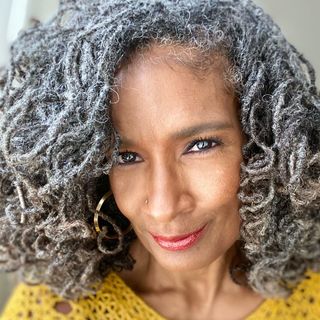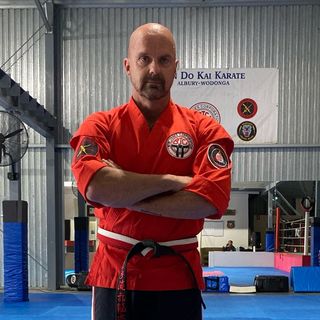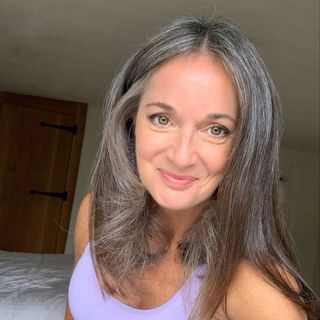As much as we try to hide or mask it, the truth is undeniable, our bodies change with age. Some of these changes can be glaringly obvious, like the arrival of silver glittery strands in our hair or wrinkles on our skin. There are also many subtle changes within our bodies that we cannot see such as to hormone levels and metabolism. Scientifically it is understood that as we age we lose muscle mass, flexibility and bone density. Sleep patterns become disrupted, sense of balance is lost, hormone levels change and the immune system becomes weaker.
As a result of these changes there is a greater risk of obesity, osteoporosis, diabetes, Alzheimer’s and cardiovascular disease. We cannot, however, entirely blame the ageing process for these potential health issues in later life. According to Sport England research, 42% of over 55s are inactive! Long periods of inactivity lead to rapid tissue deterioration in older adults. Sarcopenia, the decline of muscle mass and function, starts to take effect when people reach their 50s and 60s. By your 70s it can become severe enough to hinder muscle function.
Here’s the good news! Exercise remains one of the most important activities older adults can do for their health. Research suggests that many age-related changes to muscles, bones and joints can be reduced or even reversed with exercise, along with the right nutrition and fitness regimen. Staying active can also boost your immune system, combat osteoporosis, help fight chronic diseases, reduce the risk of Alzheimer’s and even the symptoms of those living with it.
In 1978 the Harvard Alumni Study found that men who exercised regularly are 39% less likely to suffer heart attacks than their sedentary peers. Jerome Fleg a researcher and cardiologist at the National Heart, Lung & Blood Institute found that by participating in regular exercise you can raise your aerobic capacity by 15%-25%-the equivalent to being 10-20 years younger! Incorporate exercises that focus on flexibility as they decrease the risk of injury, improve posture and the ability to perform daily tasks.
Continuing to exercise into old age can help maintain independence and improve quality of life, ensuring your future self is strong and healthy. Chris Frankell TRX Head of Human Performance says regardless of age “you should consider exercise, nutrition and sleep as the ‘currency’ of quality and quantity of life”.
It is recommended that all adults strive for 2.5 of intense or 5 hours of moderate exercise each week. Too rigorous an exercise program after immobility may do more harm than good. Check with your doctor before starting to exercise as particular medical or physical conditions may require adjustments to be made. If you are new to exercise start with activities that you are familiar with and that you find enjoyable, for example, cycling, walking or swimming. Aim to build up a habit and increase activity over time. If you are a member of a gym, or attending classes, ask for help and advice from a personal trainer or group exercise instructor. They are experienced, qualified and knowledgeable, ideal for beginners who lack confidence and knowledge in a gym environment.
Variation is key so change up your exercise routine. Combine a mixture of different forms of exercise throughout the week such as HIIT, cardio, strength training and stretching. Strength training, using free weights, resistance bands or own body weight exercises, helps maintain lean muscle mass which will otherwise decline with age. We lose 3-5% of our muscle every decade after the age of 30 unless we strength train on a regular basis. Strength training also promotes healthy joints and bones and can reduce the risk of osteoporosis. Women are more at risk of osteoporosis than men because they lose bone rapidly in the first few years after menopause.
Light cardio such as dancing, cycling, walking, hiking and swimming maintains heart and lung health and can lower blood pressure and boost your mood thanks to endorphins. Try Yoga, Pilates or tai chi classes to help improve balance and flexibility. The community element to classes/group exercise is fantastic for your mental, as well as your physical, health. Research suggests that people exercising in a group setting have lower stress levels and improved quality of life compared to those who exercise alone.
It is critical to take care of your body before and after exercise. Warm up, cool down, stay hydrated, eat nutritious food and stretch to prevent injury. Pay attention to your body and how it is reacting to exercise. If you experience joint pain during or after exercise, you may need to modify your workout routine and stick to low impact cardiovascular activities. To help aid recovery we recommend using Power Plate products, which can be found in all Xcelerate Gyms.
Remember – There is no such thing as being too old to exercise. Exercise is always possible you just may need to modify exercise to meet your needs. The only limitations are those we put on ourselves. Do not compare yourself to your younger years-embrace your body at every stage.








